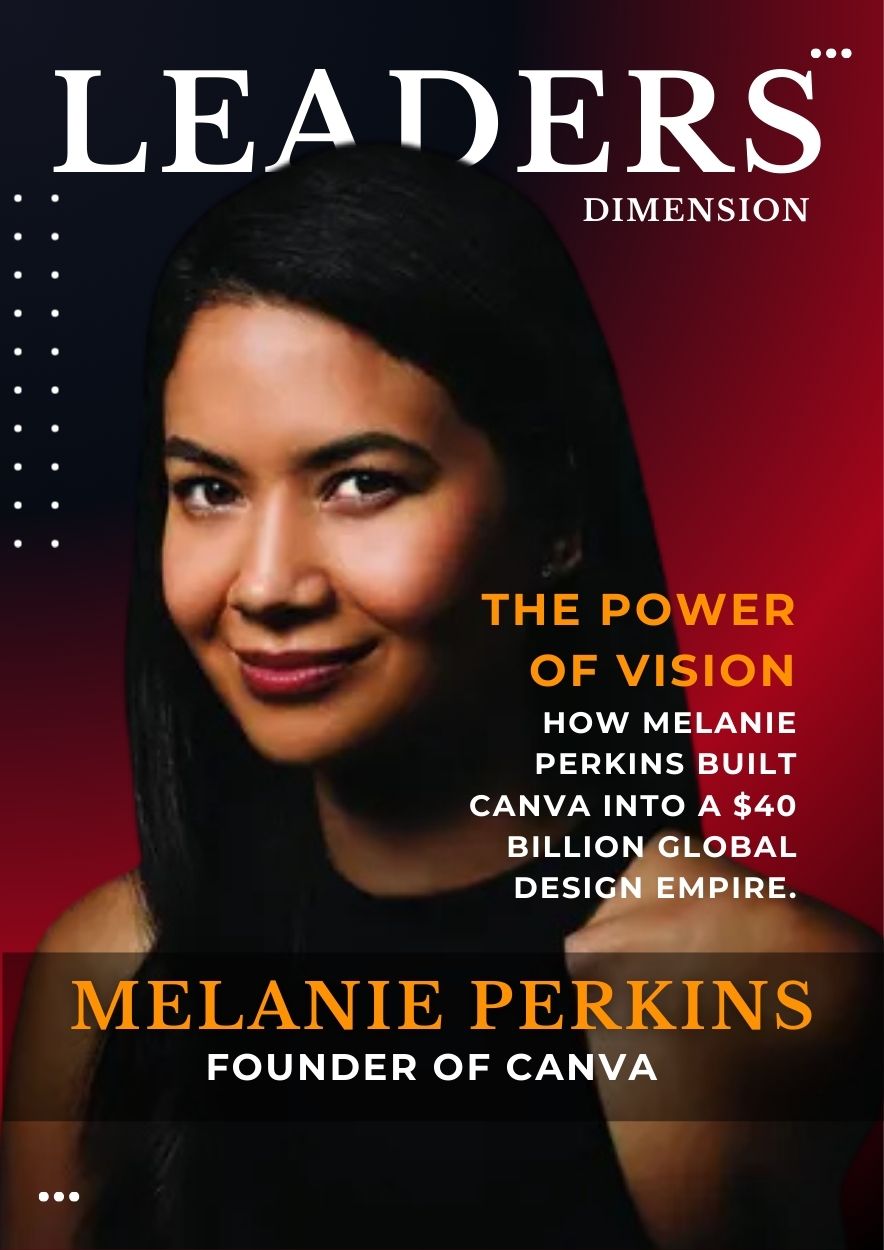Make Conferences Pay Off: 5 Steps for ROI
Conferences are supposed to be engines of opportunity. Thousands of professionals gather under one roof, brands spend millions on booths and sponsorships, and executives shake hands in hopes of landing the next big deal.

But here’s the brutal truth: most companies burn cash at conferences.The problem isn’t that conferences don’t work — it’s that companies treat them like high school science fairs. Build a pretty booth, hand out freebies, hope someone notices your volcano.
If your event strategy is built around foot traffic and branded socks, you’re already underwater.
The good news? Conferences can deliver serious ROI. But only if you stop treating them as vanity projects and start treating them like what they really are: a live-action funnel with a very short attention span.
Here’s how.
Why Most Companies Fail at Conferences
Let’s start with the common mistakes:
No clear goals. Too many companies show up with vague ambitions like “brand awareness” or “thought leadership.” Translation: no measurable outcome.
Over-focus on design, under-focus on experience. A flashy booth means nothing if no meaningful conversations happen inside it.
Weak pre-game. ROI isn’t created on the show floor — it starts weeks before with outreach and positioning.
Generic messaging. Nobody stops for “AI-powered scalable solutions.” They stop for something clear, specific, and a little provocative.
Poor follow-up. The event ends, the lights go off, and leads get buried in a spreadsheet. Momentum dies.
Add those together, and it’s no wonder so many budgets vanish without a trace.
A Smarter Playbook: 5 Steps to ROI
If you want your next conference to drive actual results instead of draining cash, you need discipline. Here’s the five-step strategy I’ve seen consistently turn events into growth engines.
1. Get Ruthlessly Clear on Why You’re Going
Don’t even book a booth until you’ve answered this: “What does success look like, and how will we measure it?”
Your goal should fall into one of three buckets:
Lead Generation: Pipeline, conversions, new customers
Brand Positioning: Stage time, panels, media coverage
Strategic Partnerships: Investor meetings, co-marketing, business development
Pick one. Then reverse-engineer your event strategy around it. Everything else is noise.
2. Craft a Message That Cuts Through the Noise
Buzzwords kill ROI. Nobody cares about “scalable solutions.” They care about the problem you’re solving in a way that stands out.
Example: At a fintech event, one of our SaaS clients avoided the standard “frictionless onboarding” pitch. Instead, their message was: “Stop onboarding users who’ll churn in 30 days.” That line made executives stop mid-walk and lean in.
Your messaging should be:
Clear (easy to understand in seconds)
Controversial (just enough to spark conversation)
Consistent (across booth, decks, socials, and follow-up)
3. Pre-Game Like a Pro
The event doesn’t start when the doors open — it starts the moment the attendee list drops.
Your pre-event playbook should include:
LinkedIn engagement (3–4 weeks out): Connect with attendees, comment on posts, join conversations. Don’t pitch — just build presence.
Direct invites: Email past leads and top prospects: “I’ll be at [Event]. Can we meet IRL?”
Organic buzz: Have leaders (not just the brand account) post about why they’re attending and what they’re bringing to the table.
Show up with a warm list, not cold traffic.
4. Focus on Booth Experience, Not Booth Design
You don’t need a spaceship booth. You need meaningful conversations.
Train your team to:
Ask smarter, open-ended questions
Listen deeply for pain points
Offer insights (not just swag)
Capture context with every lead: “Discussed X challenge, referred by Y.”
And script your follow-up before the event. A generic “Great to meet you” email kills momentum instantly.
5. Follow Up Like Money’s on the Line
Your window of influence is short. Most companies wait too long or send copy-paste emails.
Here’s a proven cadence:
Day 1: Personalized email referencing your conversation + a relevant resource
Day 3: LinkedIn follow-up, value-driven
Day 5: Add to nurture flow based on product interest
Week 2: Share a post-event recap (e.g., “5 things we learned at [Event]”)
Then debrief with sales and marketing. What worked? What flopped? Document it. Otherwise, you’ll keep making the same mistakes.
Bonus: Rethink Sponsorship ROI
Here’s the hot take: most sponsorship packages are overpriced hype.
Unless the deal includes:
Guaranteed stage time
Tier-1 placement in event materials
Verified audience data ahead of time
…you’re probably better off hosting a private dinner with 10 decision-makers. Relevance beats visibility every time.
A single 20-minute meeting with the right CMO is worth more than 2,000 logo impressions.
Final Word: Be the Booth They Remember
You don’t win conferences by being the loudest. You win by being the clearest, most relevant, and hardest to ignore.
Conferences are not science fairs. They’re high-speed funnels with very short attention spans. Treat them that way, and you’ll stop burning cash — and start seeing ROI that justifies the spend.

